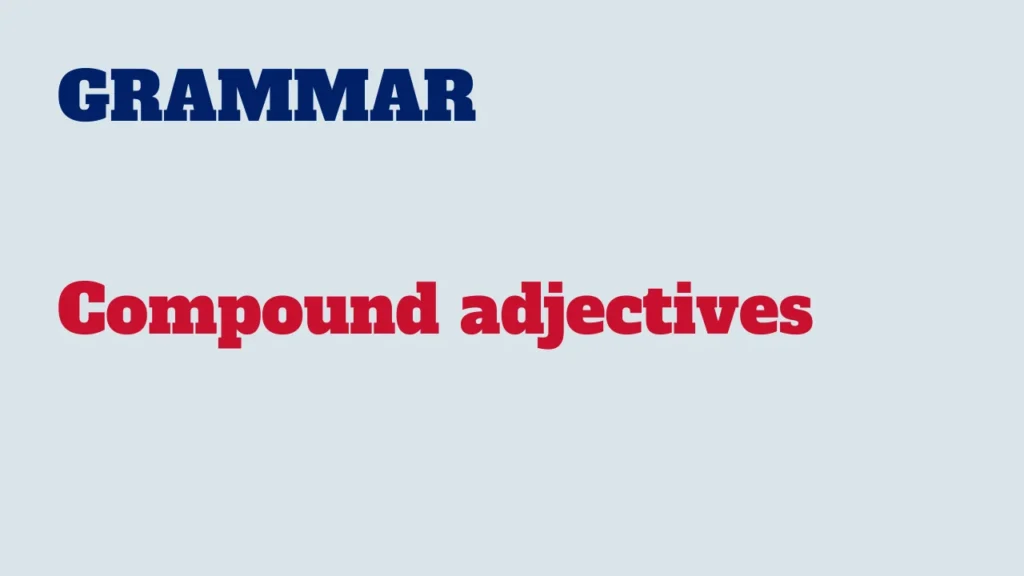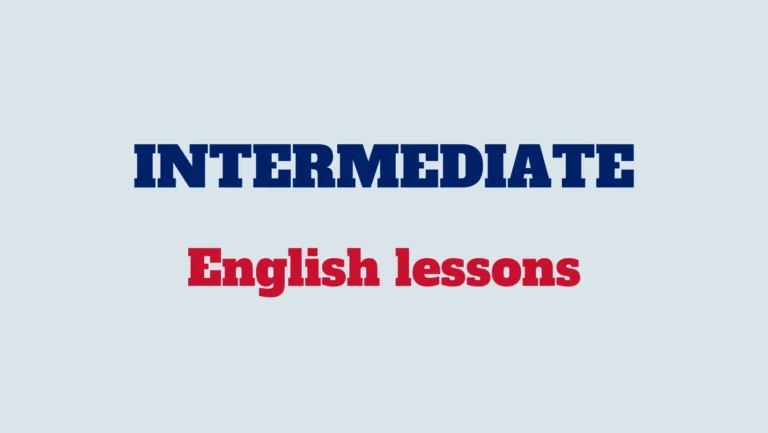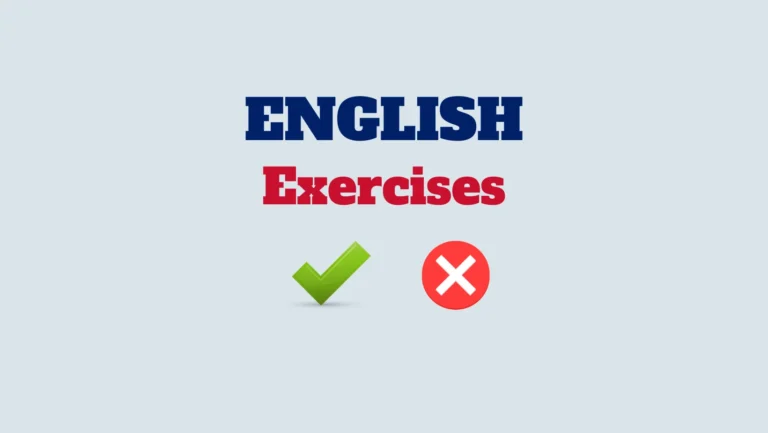Compound adjectives are formed by combining two or more words to describe a noun. Understanding how to create and use compound adjectives adds richness and specificity to your English language skills.

In this lesson, we will explore the formation, usage, and examples of compound adjectives.
Formation of compound adjectives:
Noun + Adjective:
Example:
A snow-covered mountain.
Adjective + Past participle:
Example:
A well-written essay.
Noun + Present participle:
Example:
A time-consuming task.
Number + Noun:
Example:
A five-star hotel.
Hyphenation in compound adjectives:
Compound adjectives are often hyphenated to clarify their combined meaning:
A high-level meeting.
An old-fashioned dress.
A fast-paced environment.
Common types of compound adjectives:
Quantity + Noun:
Examples:
Three-car garage.
Five-star hotel.
Color + Noun:
Examples:
Red-hot iron.
blue-eyed girl.
Number + Time:
Examples:
Two-hour movie.
Ten-minute break.
Adjective + Noun:
Examples:
Soft-spoken person.
Big-hearted gesture.
Noun + Present Participle:
Examples:
Child-rearing practices.
English-speaking country..
Adjective + Past Participle:
Examples:
Well-behaved child.
Ready-made plan.
Mastering compound adjectives adds precision and vividness to your language. By combining words effectively, you can create nuanced descriptions that enhance your written and spoken communication. Practice forming and using compound adjectives to elevate your language skills and convey detailed meanings. Happy learning!



